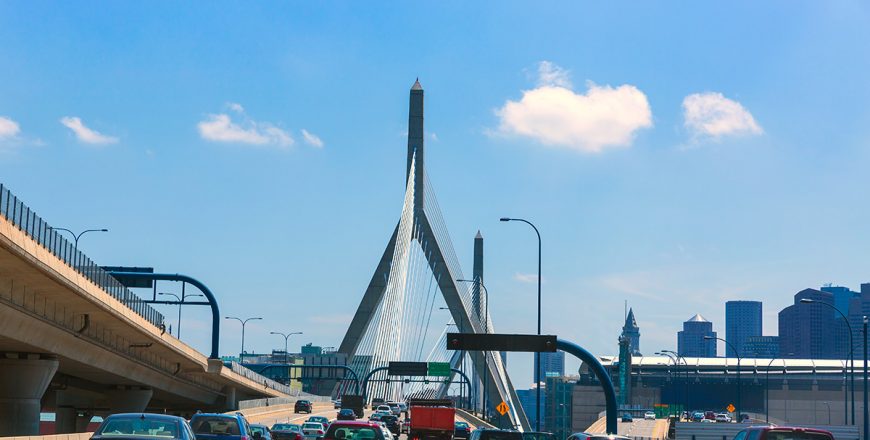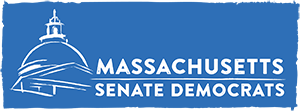
Tackling Traffic and Public Transportation
We know a poorly functioning public transit system has a snowball effect on all other modes of transportation, further clogging highways and byways and stealing precious time better spent with friends and family. That’s why fixing the MBTA, improving regional public transit as well as roads and bridges throughout the Commonwealth will be among our top priorities over the next several years.
The Senate will be guided by a set of principles that we would like to see in an updated, 21st Century transportation system, many articulated by Senate President Spilka early in the session.
These priorities include:
– Regional Equity. All travelers should enjoy the benefits of – and share the burden of the costs of – a safe, reliable and modern transportation system. Regional equity is also the reason the Senate has passed legislation allowing for regional ballot initiatives, and why Regional Transit Authorities will continue to be a Senate priority.
– Access and Affordability. We must ensure access for currently underserved communities, including rural areas. We must also ensure that our options are fully accessible to those with disabilities and that public transportation is affordable.
– Sustainability. We must look at our transportation systems from the perspective of environmental sustainability and climate change impacts.
– Connectivity. Our transportation infrastructure should thread our communities together in an interconnected web, thus expanding the areas a commuter can reach by public transit with as few transfers as possible. We must find a way for public transportation to provide the connectivity that is now being provided by cars.
– Innovation. From congestion pricing to mobile apps that make traveling by public transport easier, we must call on innovative tech and policy ideas to create the transportation system we need.
– Responsiveness. We must learn from the successes of the ride-share companies and find ways to make public transportation more responsive to people’s needs through increased reliability, areas served, and more competitive pricing.
– Achievability and accountability. Bringing our transportation system into the 21st century will require investments. Officials at every level of government must pull together and ensure that not only are we able to fund the transportation system our innovation economy demands, but that we are holding those responsible for implementing the upgrades to account for how they use that money.
